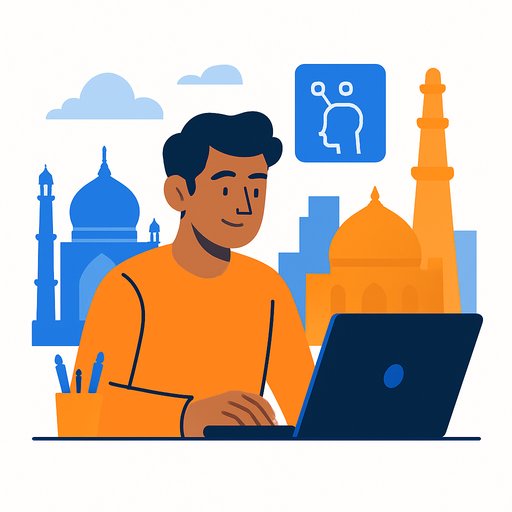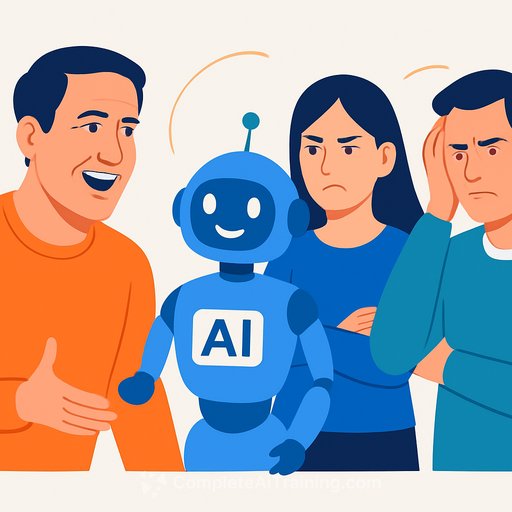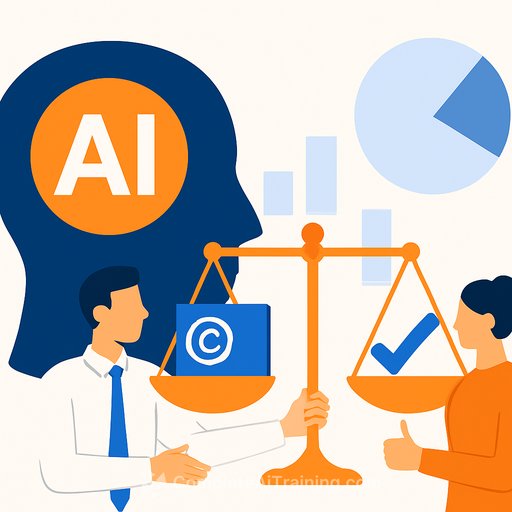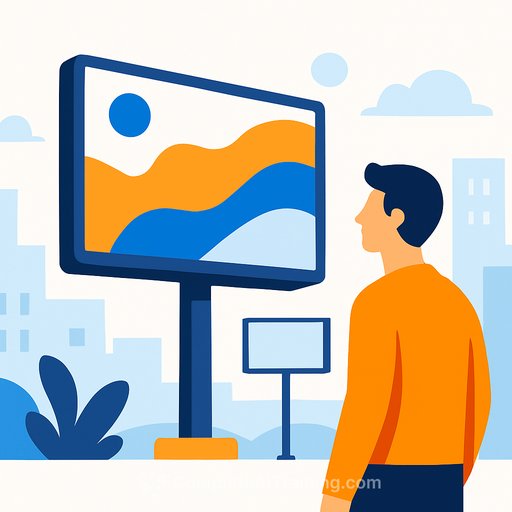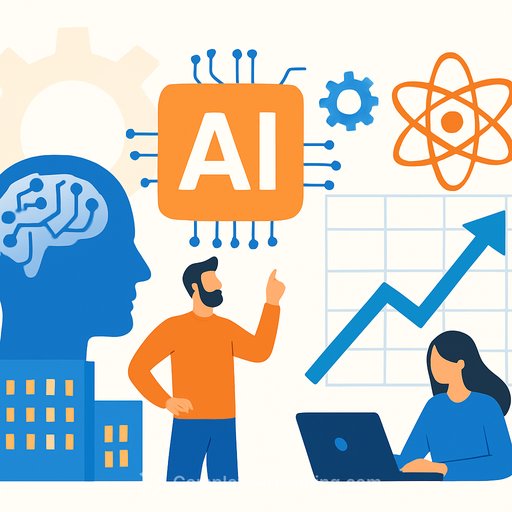How Bangladeshi AI educator RobinRafan is building applied digital skills across South Asia
South Asia is seeing a practical push toward AI-assisted work. One of the most active voices is RobinRafan (Obidur Rahman), a Bangladeshi AI educator and digital content specialist teaching creators and tech professionals how to integrate AI into daily production.
His approach is simple: structured cohorts, hands-on workflows, and tools that ship content faster. The result is a growing base of learners who move from theory to execution.
Inside the AI Masterclass
RobinRafan has run eight learning cohorts with participants from Bangladesh, India, and beyond. The focus is applied learning-using AI to plan, produce, edit, and automate.
Each cohort blends guided modules, assignments, and project implementation. Sessions include demonstrations, practice-based tutorials, and workflow exercises aimed at real production outcomes.
What participants learn (and actually use)
- Prompt engineering for output quality and consistency
- AI-assisted editing workflows for short-form and long-form content
- Text-to-image, text-to-video, image-to-video, and text-to-music systems
- Hands-on tools: Veo 3, Flow, Midjourney, and AI-based music platforms for professional work
- AI agent development for workflow automation and task routing
- Monetization models tied to AI-enabled production
Why this matters for creatives, IT, and development teams
Production speed and quality are now a tooling problem. Teams that know how to design prompts, standardize workflows, and automate handoffs move faster with fewer revisions.
That's the gap this program addresses-technical literacy that directly improves planning, scripting, editing, and delivery. As one data point, the WEF 2023 Jobs Report flags growing demand for AI skills across media, IT, and analytics-especially where workflows can be systemized.
Participation from India
Participants from India have joined across multiple seasons. Mofizur Rahman, a Season 5 learner, shared: "I joined Season 5 to understand AI workflow for vertical content. The instruction helped me apply AI tools more efficiently. It improved my ability to plan, script, and edit using AI-based systems."
Instruction grounded in real work
According to participant data, the program centers on workflow design, AI editing tools, automation, and monetization. Learners complete guided assignments and applied projects that map directly to client work and content pipelines.
As RobinRafan explains: "Technical literacy and structured training are becoming increasingly relevant as creative industries adopt AI tools. The objective is to help participants understand and responsibly apply emerging technology to enhance their creative and professional capacity."
Outcomes reported by learners
- Faster content production with clearer prompts and reusable templates
- Improved editing throughput using AI-assisted cuts, captions, and motion
- Early freelance wins and expanded roles in content and creative tech
- Automation of repetitive steps using lightweight AI agents
Steal these ideas for your team
- Pick three use cases with measurable output (e.g., shorts, thumbnails, sizzle edits). Standardize prompts and checklists per use case.
- Adopt a two-track workflow: human-led creative direction, AI-assisted production. Keep decisions human; offload repetitive steps.
- Track throughput weekly: time-to-first-draft, revision count, and delivery time. Improve prompts or tools based on the bottleneck.
- Automate handoffs: use AI agents for file prep, versions, and metadata so your editor or developer starts with clean inputs.
Where to learn next
If you want structured, tool-agnostic paths by job function, browse curated options here: AI courses by job. For new and notable tools that fit creative and technical workflows, see: Popular AI tools.
Your membership also unlocks:

